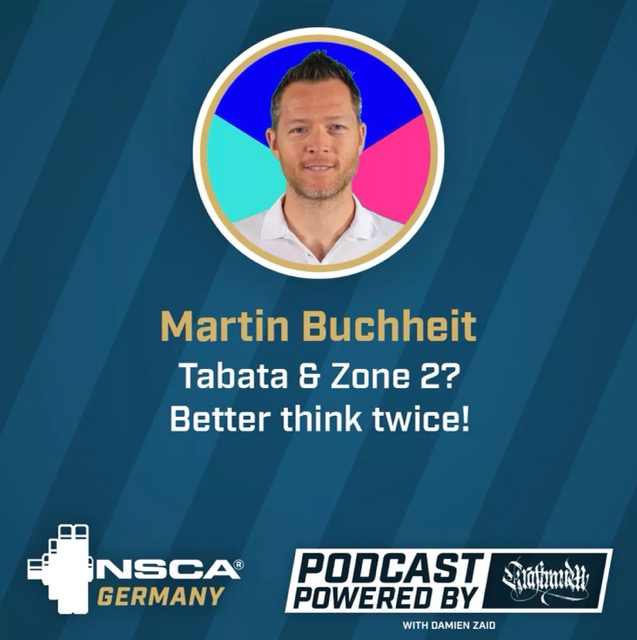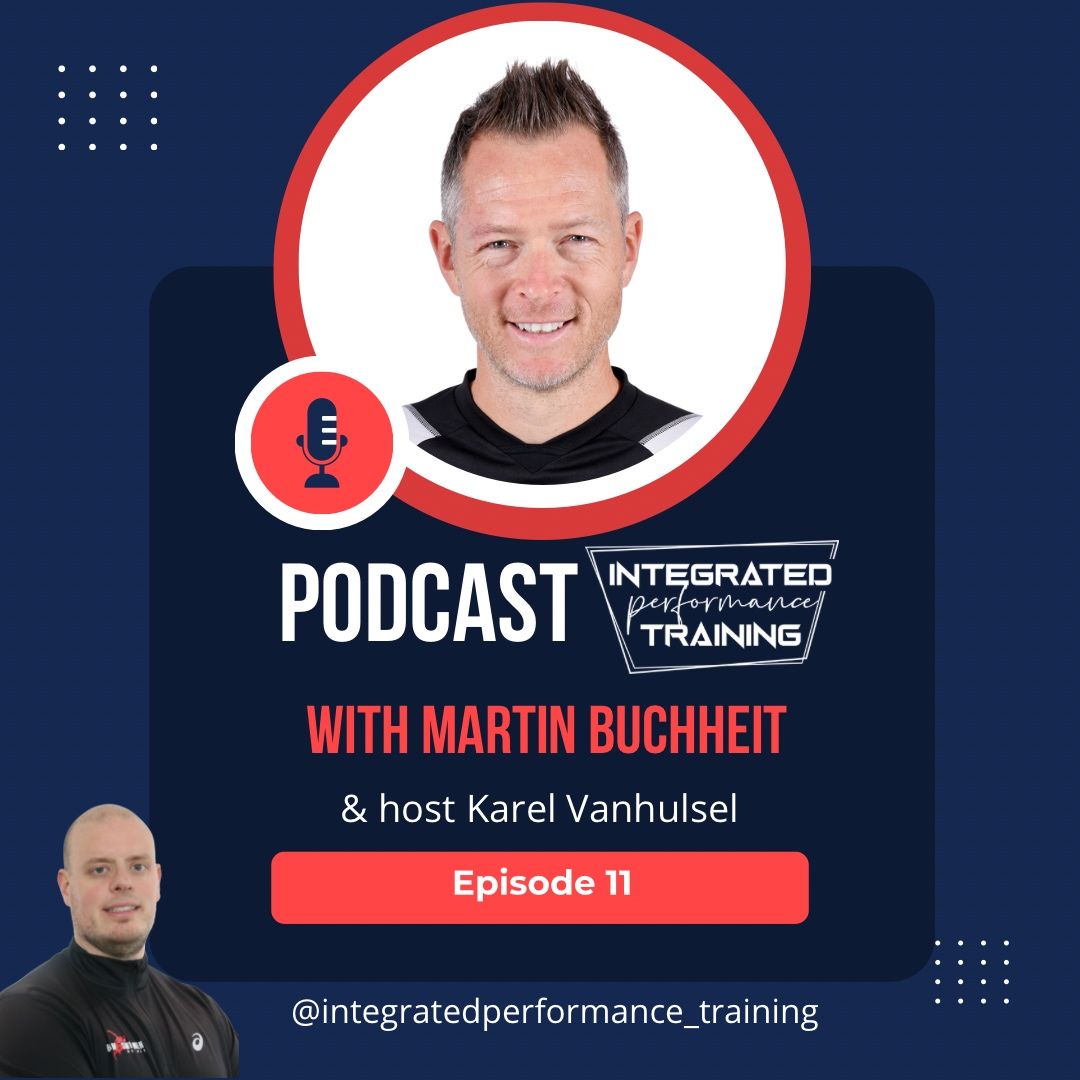Content is king, but context is God
To open this blog post series, I thought I might start by discussing some of the aspects that are often overlooked in sport science and coaching courses with respect to daily life in the trenches of elite sport. Most people who have worked in the elite performance setting for more than a few years would agree, that what makes them successful (or not) often has little to do with what they learned at school [1]. Put another way, an individual’s knowledge and skillset are not necessarily the most important assets for making them a good or bad practitioner. While a minimum level of qualification is certainly required, understanding the surroundings, or the context in which we work (e.g., people, environment, behaviors), coupled with pragmatism, are far more valuable attributes in the high-performance setting. When it comes to delivering successful programs to top level athletes [2-4], the training puzzle is usually more complex than initially meets the eye. Context is everything. (Figure 1).

Figure 1. The Ebbinghaus illusion. The two orange circles are exactly the same size; however, the one on the right appears larger. https://en.wikipedia.org/wiki/Ebbinghaus_illusion
The journey one takes for gaining confidence and certitude in the applied world can be described by the Dunning-Kruger effect [5] (Figure 2). As the figure shows, we are generally full of the confidence that we know everything needed to succeed as a coach or sport scientist when exiting university. “I just graduated, so I know”. Good high-performance university courses often allow students to gain not only excellent knowledge in a specific discipline, but sometimes (for the best courses) some practical skills necessary to work in the field (e.g., use of GPS and sport-specific technology, teaching weight lifting movements). However, with time and experience, practitioners often realize that their beliefs of yesterday are unlikely to remain certitudes tomorrow. The reality is that things learned on the page can seldom be applied as they are meant to be. With time, more questions arise… and confidence level decreases! “Should we really do it like that?” With experience, we learn that the real world of elite athletes is far more complex than we could ever fathom from the outside. When experience merges with humility and open-mindedness [6], we begin to recognize that there are countless ways “to skin the cat” [7], and that endless roads lead to Rome [8, 9]. So, if there are several ways to go about our business, which path is best? Why choose one method over another? One thing that most high-performance practitioners would agree on is that working in the elite world is highly complex!

Figure 2. The Dunning-Kruger effect. Adapted from http://agilecoffee.com/toolkit/dunning-kruger/
When working in big teams or associations carrying many staff with their own (often strong) egos [6], training plans are often discussed collectively and decisions shared. This often complicates rather than streamlines the decision process. Top athletes come with their own habits and beliefs, which need to be respected in order to secure adherence and trust [1]– despite the fact that these convictions are sometimes at odds with important physiological or programming considerations [2]. Most training plans can change from one day to another to accommodate either simple physiological principles (e.g., the player is still sore from Tuesday’s session), unplanned events (e.g., the plane was delayed after the away game; the short night of sleep needs to be considered in the HIIT session design for the subs) and also external-to-the-sport factors (e.g., family needs, press interviews). Within this in mind, it is almost impossible that a given HIIT session, programmed on paper a few days in advance, would actually be a good fit on D-day.
So, how can we deal with such complexity and how do we make the right decisions in the moment? This is where understanding the context and applying wisdom or being pragmatic is compulsory. While there is no silver bullet training program, there is usually a better way (or often a least bad option) for a given context [6]. For example, and to be more specific to HIIT, it can’t be said that long intervals are better than short, or that rugby players should perform more short repeated-sprint sequences than long sprint intervals. The optimal scenario will undoubtedly vary as a function of the context, including phase of the season, time within the weekly microcycle (e.g., is there a strength session programmed tomorrow for which we need to keep the legs fresh, or do we have a day off so that we can overload the neuromuscular system today?), individual player physiological profile (e.g., slow and enduring vs. explosive player), psychological state (e.g., might be wise to integrate the ball into that player’s HIIT drill, as he’s been substitute for the last 3 games and can’t be bothered running without the ball), in addition to the main context parameters shown in Figure 3. The point I want to make is that no training content or HIIT session is absolutely the right or wrong one. It all depends on the present circumstances and intentions. Understanding the context may not be easy, but it is a critical point for shaping the HIIT session and solving the performance puzzle (Figure 3). Competency is not in the knowledge and the skills per se, but in how we use our knowledge in accordance with the context. From that standpoint, both our HIIT book and course are aimed at providing the readers/students with state-of-the-art knowledge underpinning the science of HIIT that can be used within one’s unique context. The 20 sport chapters, written by top coach, performance and sport science leaders in their fields, illustrate masterfully how the HIIT puzzle can be solved within their specific environment. The book and course, are designed to be tools in your repertoire as a life-long learner [6], allowing you to make informed decisions as a function of your own context. Be ready to face any situation!

Figure 3. Example of the contextual considerations that must be considered when it comes to shaping the HIIT puzzle piece. Adapted: Laursen & Buchheit, Science and Application of High-Intensity Interval Training, Human Kinetics (in press).
Martin Buchheit
References
- Buchheit, M., Chasing the 0.2. Int J Sports Physiol Perform, 2016. 11(4): p. 417-418.
- Buchheit, M., Houston, We Still Have a Problem. Int J Sports Physiol Perform, 2017. 12(8): p. 1111-1114.
- Buchheit, M., et al., Injury rate and prevention in elite football: let us first search within our own hearts. Br J Sports Med, 2018.
- Carling, C., et al., Monitoring of Post-match Fatigue in Professional Soccer: Welcome to the Real World. Sports Med, 2018.
- Kruger, J. and D. Dunning, Unskilled and unaware of it: how difficulties in recognizing one’s own incompetence lead to inflated self-assessments. J Pers Soc Psychol, 1999. 77(6): p. 1121-34.
- Buchheit, M., Outside the Box. Int J Sports Physiol Perform, 2017. 12(8): p. 1001-1002.
- Laursen, P.B., Training for intense exercise performance: high-intensity or high-volume training? Scand J Med Sci Sports, 2010. 20 Suppl 2: p. 1-10.
- Lacome, M., B.M. Simpson, and M. Buchheit, Part 1: Monitoring training status with player-tracking technology. Still on the way to Rome. Aspetar Journal, 2018(7): p. 54-63.
- Buchheit, M., Monitoring training status with HR measures: do all roads lead to Rome? Front Physiol, 2014. 27(5): p. 73.




